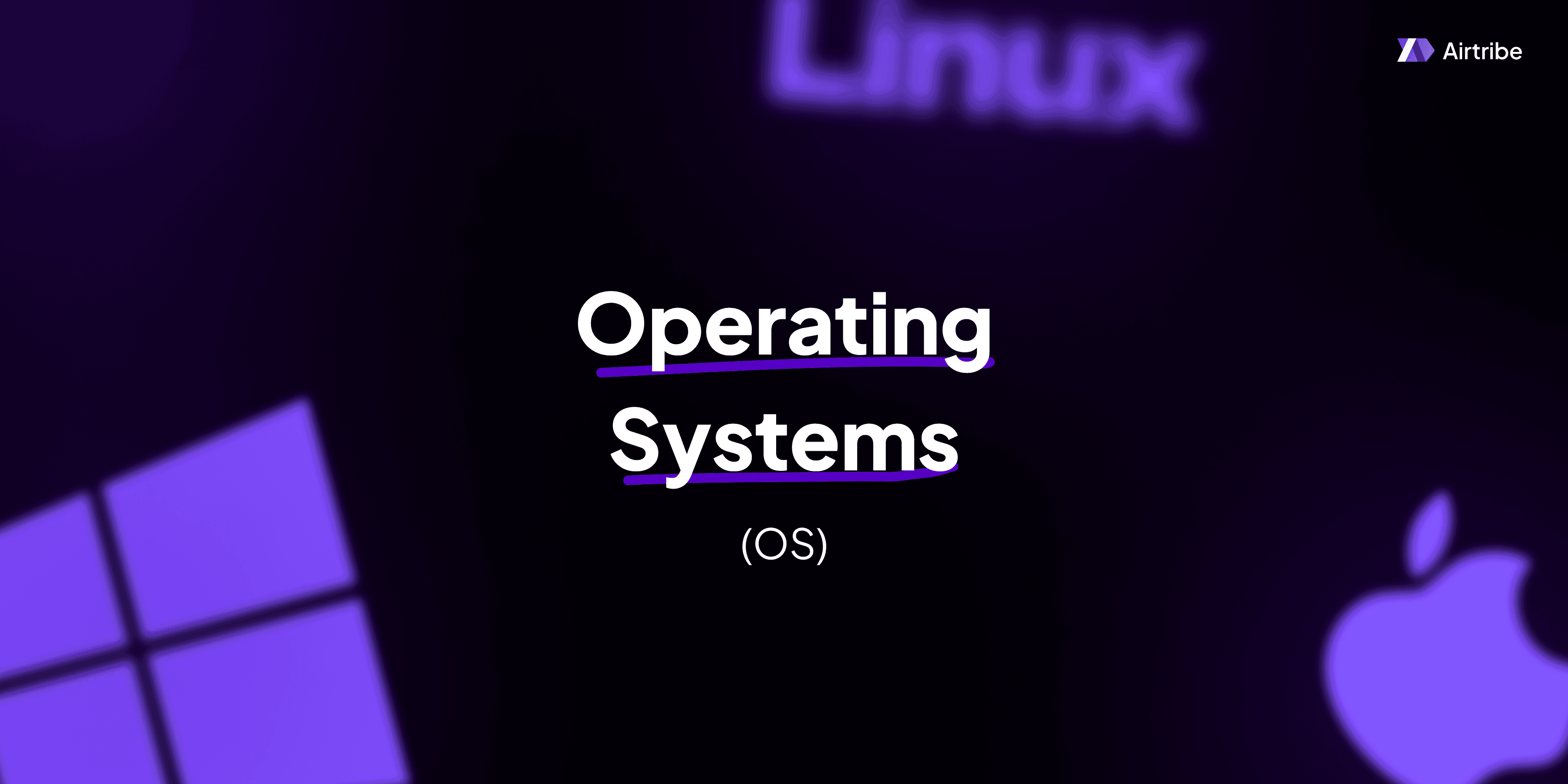Semaphores and its type

Understanding Semaphores in Process Management
In the domain of operating systems, managing concurrent processes is a critical task. One fundamental tool utilized for this purpose is a semaphore. Semaphores play a pivotal role in ensuring that multiple processes can access shared resources without leading to conflicts, thereby maintaining process synchronization seamlessly. This article explores the concept of semaphores, their types, and their relevance in process management.
Core Concepts and Theory
What are Semaphores?
A semaphore is a synchronization primitive that is used to control access to a common resource in a concurrent system such as a multitasking operating system. It is essentially a variable or abstract data structure that represents a counter with operations to modify its value atomically.
Semaphores in Process Synchronization
The primary role of a semaphore is to manage how multiple threads or processes interact with shared resources. By using semaphores, we can ensure that only the allowed number of processes can access a critical section at any one time. The operations that define a semaphore are typically wait (or P operation) and signal (or V operation):
Wait (P operation): This operation decrements the semaphore value. If the value becomes negative, the process executing this operation is blocked until the semaphore is positive.
Signal (V operation): This operation increments the semaphore value. If there are any processes waiting due to a negative semaphore, one of them is awakened.
Types of Semaphores
Counting Semaphores: This type maintains a count that refers to the number of resources available or the number of processes that can enter a critical section. Counting semaphores are used when multiple instances of a resource are available.
Binary Semaphores: Often known as mutexes, binary semaphores have only two states, 0 and 1. They are primarily used to ensure mutual exclusion. They permit only one process to access a critical section at a time, making them essential in ensuring single access to critical sections.
Conditional Semaphores: These semaphores are used for achieving event ordering or signaling between threads. They help a process wait for a certain condition to become true.
Practical Applications
Semaphore in Operating Systems
Resource Sharing: Semaphores ensure that resources such as I/O devices or communication buffers are accessed by a limited number of processes concurrently, thus preventing conflicts and ensuring system stability.
Deadlock Avoidance: By governing the allocation of resources, semaphores play a critical role in deadlock avoidance, ensuring that resource denial does not lead to system hangs.
Producer-Consumer Problem: Semaphores are widely used in classical synchronization problems like the producer-consumer problem, where they manage the interactions between the producer and consumer processes and ensure that the buffer does not overflow or underflow.
Code Implementation and Demonstrations
Here is a simple representation of using semaphores for synchronizing access to a critical section using pseudocode:
semaphore mutex = 1; // Initial semaphore value
process A:
wait(mutex);
// Critical section
signal(mutex);
process B:
wait(mutex);
// Critical section
signal(mutex);
In this demonstration, process A and process B need to acquire the mutex semaphore before entering the critical section. The semaphore ensures that only one process enters the critical section at any time.
Additional Resources and References
To deepen your understanding of semaphores and their applications in operating systems, consider the following resources:
Books and Textbooks: "Operating System Concepts" by Abraham Silberschatz and "Modern Operating Systems" by Andrew S. Tanenbaum are excellent resources for in-depth study.
Online Courses: Platforms like Coursera and edX offer courses on operating systems, covering semaphores and other synchronization tools.
Research Papers: Academic journals on computer science topics, particularly in concurrency and parallelism, often discuss advanced semaphore implementations and their optimizations.
Semaphores are indispensable in process management and the broader field of operating systems. Understanding their function and application ensures better design and optimization of systems, crucial for efficient and reliable multitasking environments.


